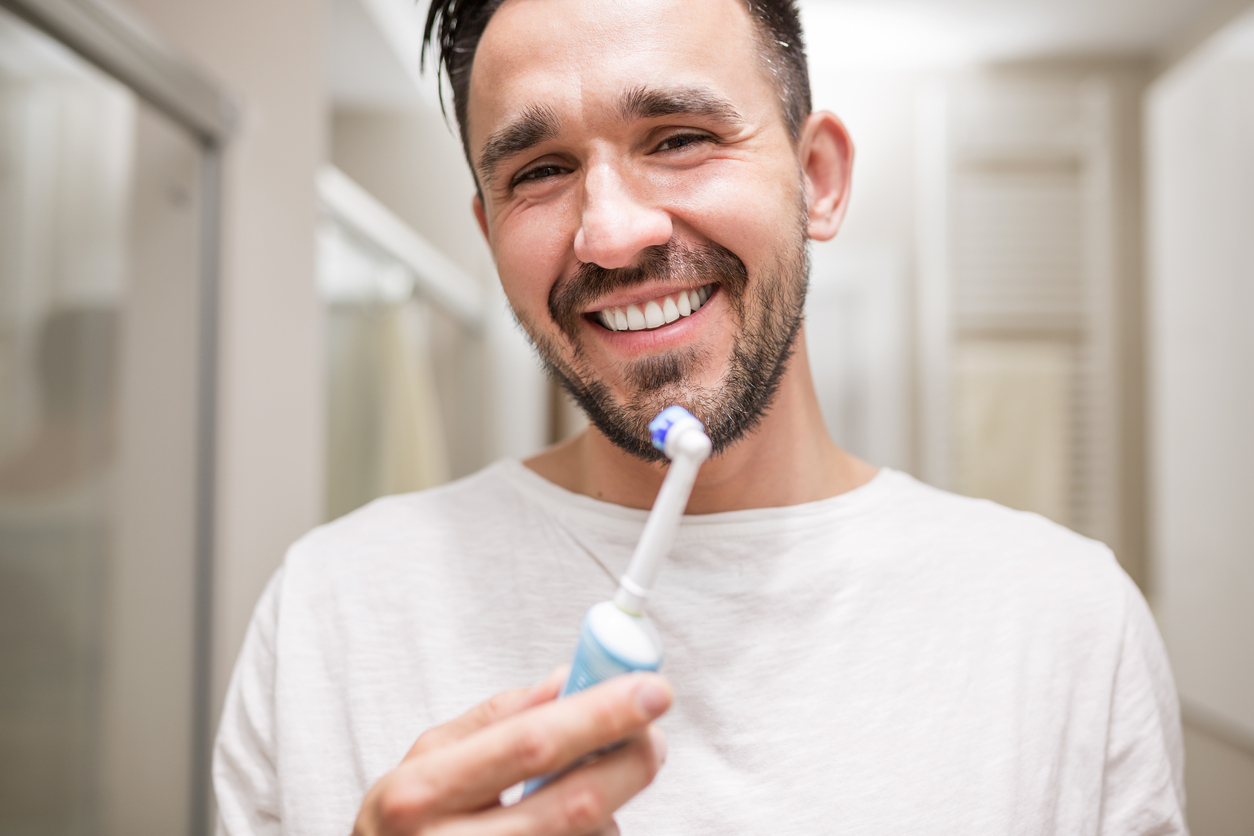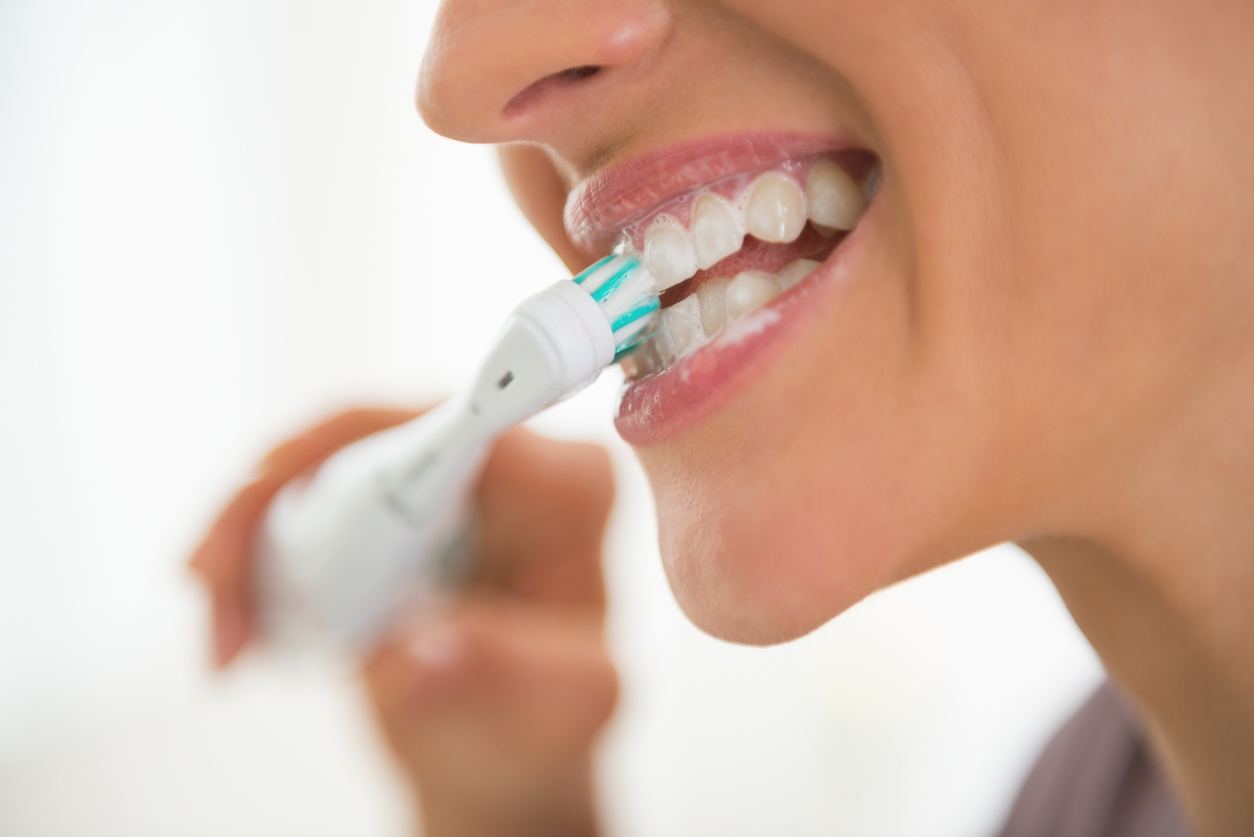Pop Quiz! How long has it been since you replaced your toothbrush?
If you cannot remember the last time you cracked open the package of a fresh new toothbrush, it’s probably time to replace yours!
At SMILE! Advanced Dental Center in Summerville, SC, we join the American Dental Association in recommending the replacement of a toothbrush at least every three months. But, if you notice the bristles are visibly frayed or matted before three months, there’s no need to wait. Replace yours earlier, as needed! The same goes for powered (electric) toothbrush heads, too.
This is important because the effectiveness of a toothbrush has been shown to decrease and be compromised as the bristles become worn down. Toothbrushes can also harbor bacteria, so it’s a good rule of thumb to not keep yours around too long.

What Kind of Toothbrush Should I Purchase?
If it’s time to replace your toothbrush and you’re wondering if you should explore a different brand, you’ll be met with no shortage of options. It’s important that you’re making the right choice for your personal needs and preferences. You might even be wondering if you should make the switch to a powered toothbrush.
At SMILE!, we always tell our patients that it’s more about your brushing discipline and technique than your toothbrush style. Indeed, the American Dental Association (ADA) reports that both powered and manual toothbrushes are effective at removing oral plaque that causes decay and disease.
For manual toothbrushes, we generally recommend multi-level or angled bristles, as they can help remove plaque more effectively than flat bristles. While you may think medium bristles are better, we often guide patients to choose soft bristles to minimize the risk of abrasion and protect the gums.
As a resource, the ADA provides a list of both manual toothbrushes and powered toothbrushes that currently have the ADA Seal of Acceptance, indicating that the product is both safe and efficacious for the removal of plaque and reduction of gingivitis.
How to Properly Care for Your Toothbrush
Whether you have a manual or a powered toothbrush, make sure to rinse it with water thoroughly after each use to remove any remaining paste, food particles, or debris.
We recommend storing toothbrushes in an upright position after use and allowing them to air dry — even when you’re traveling. That’s because putting a moist toothbrush in a closed container — like a drawer or travel carrier — can promote microbial and bacterial growth.
Toothbrush Hygiene Tips
Earlier, we alluded to the fact that toothbrushes can harbor bacteria — and that includes fecal coliform bacteria. This form of bacteria is released into the air when a toilet is flushed and can actually migrate to and land on your toothbrush. This is hard for many people to stomach — even though there is little evidence that these bacteria can cause negative health consequences.
If it’s bothersome to think about though, you may want to close the lid before flushing and keep your toothbrush further away from your toilet. You can also periodically sanitize your toothbrush by soaking it in 3% hydrogen peroxide or a mouthwash product that kills germs. There are also some UV toothbrush sanitizers on the market that may be of interest.
In addition, if you’ve been sick, we recommend replacing your toothbrush immediately — or, at the very least, using a sanitization method to clean it.
Finally, this may go without saying, but toothbrushes should not be shared between spouses, kids, friends, or anyone. This is one time where sharing is NOT caring!
___
An effective toothbrush that isn’t worse for the wear is an essential part of good oral health and general dentistry best practices, as is brushing and flossing your teeth at least twice a day — in the morning and again in the evening before bed.
And, of course, don’t forget your bi-annual dental exam and cleaning. Contact us today to schedule yours.


0 Comments